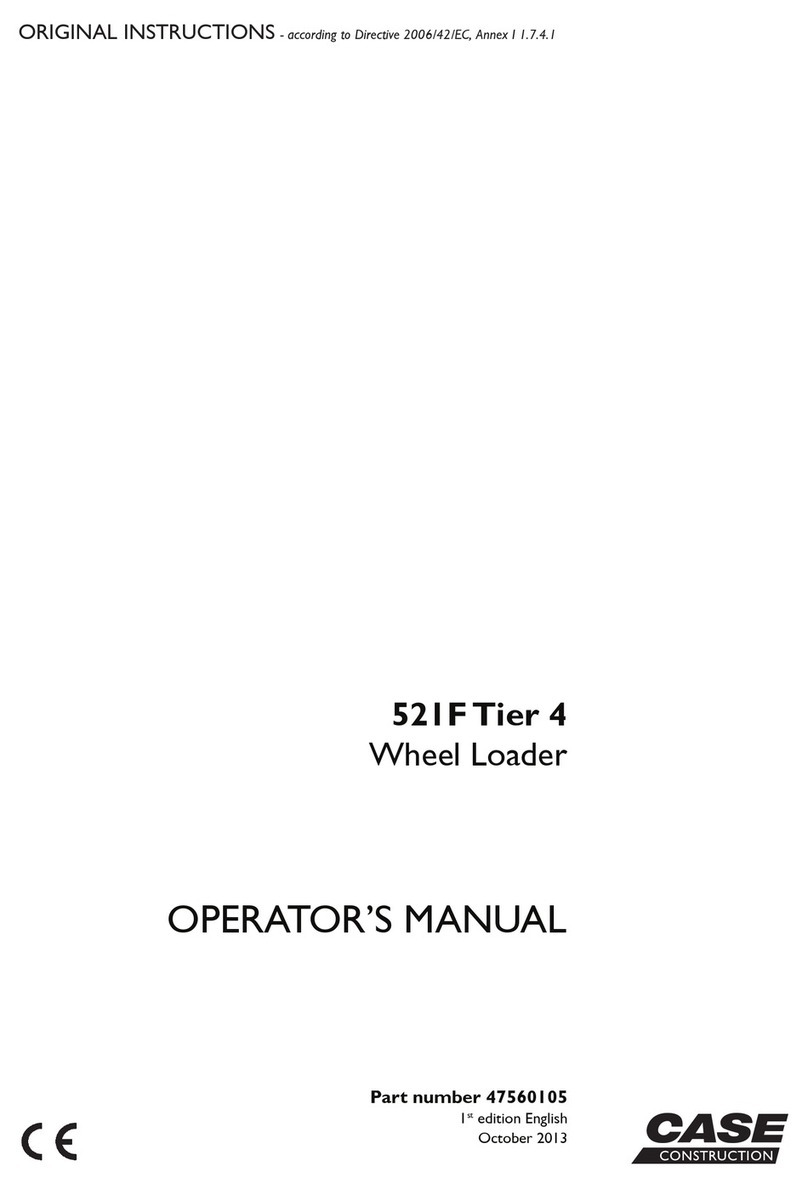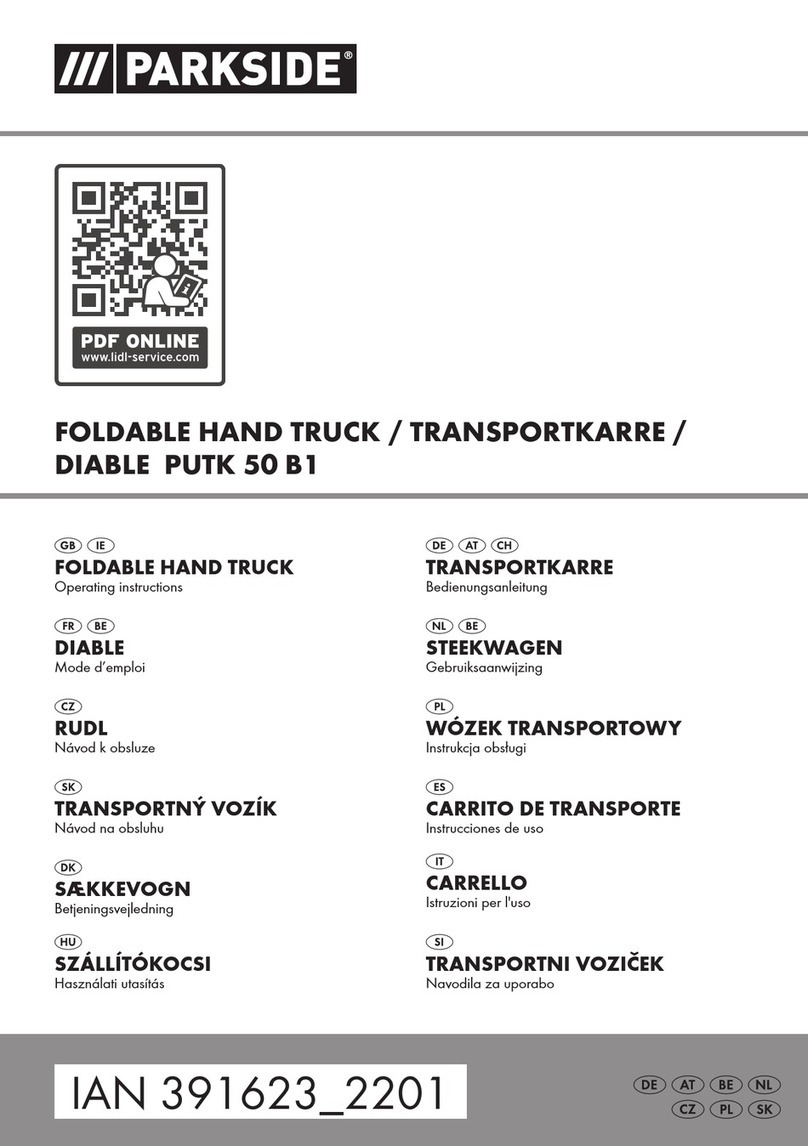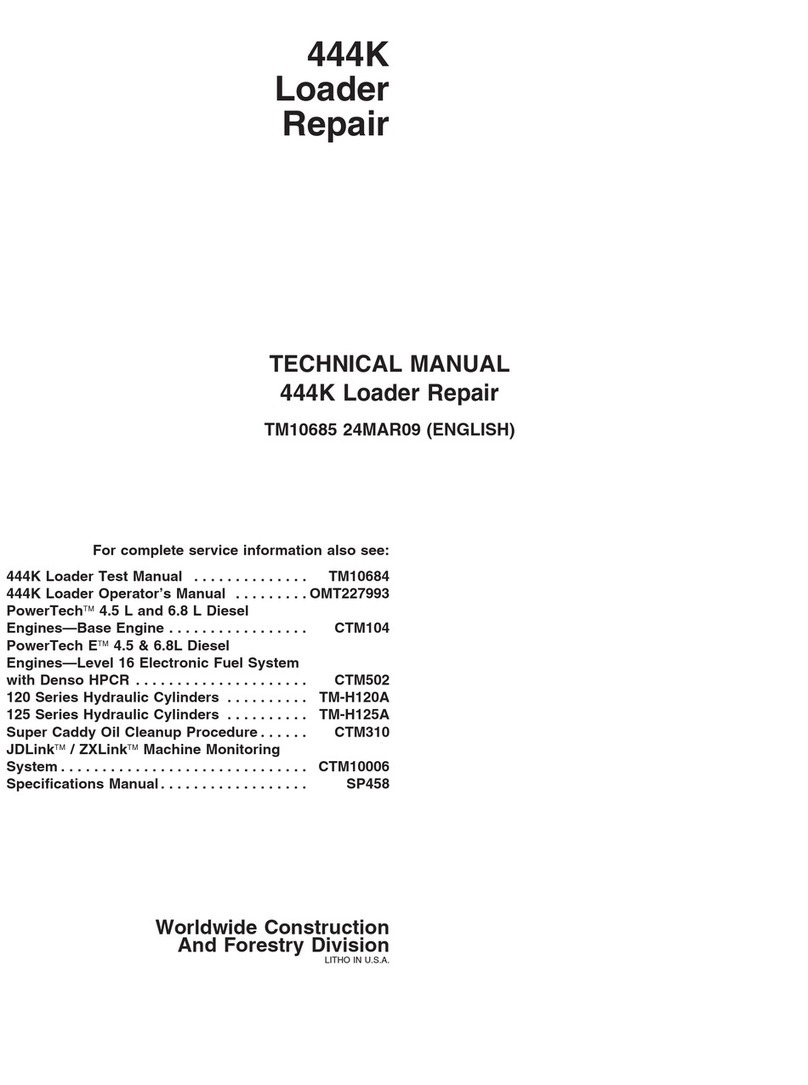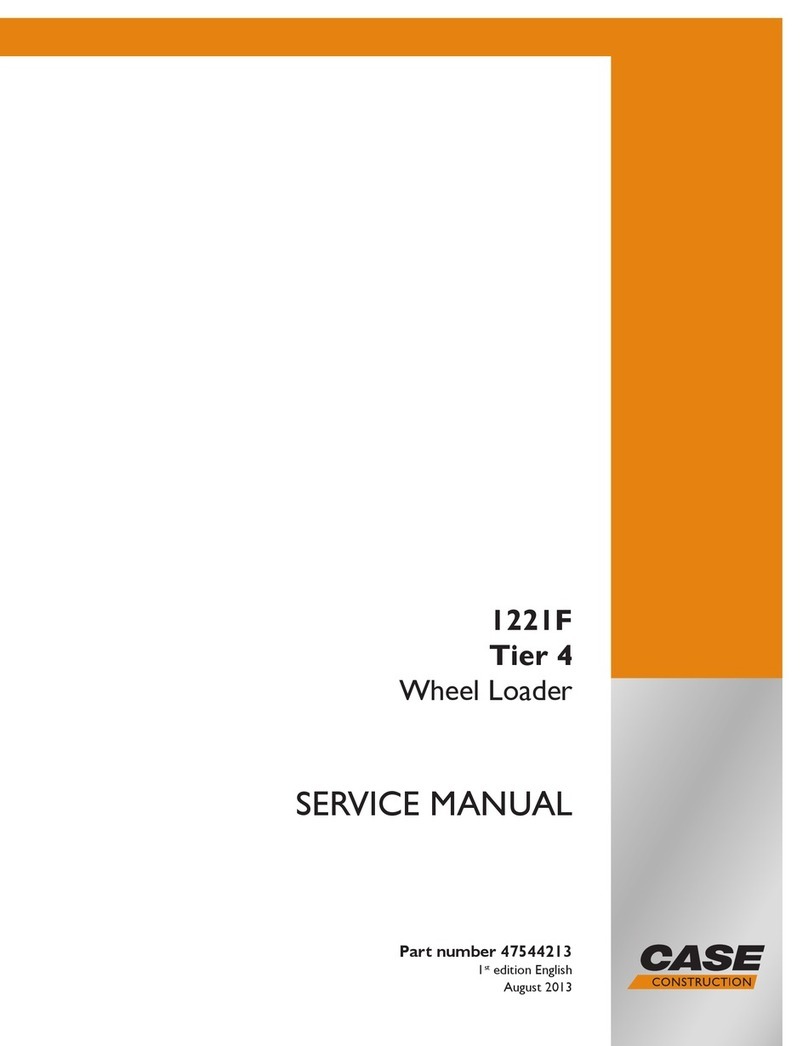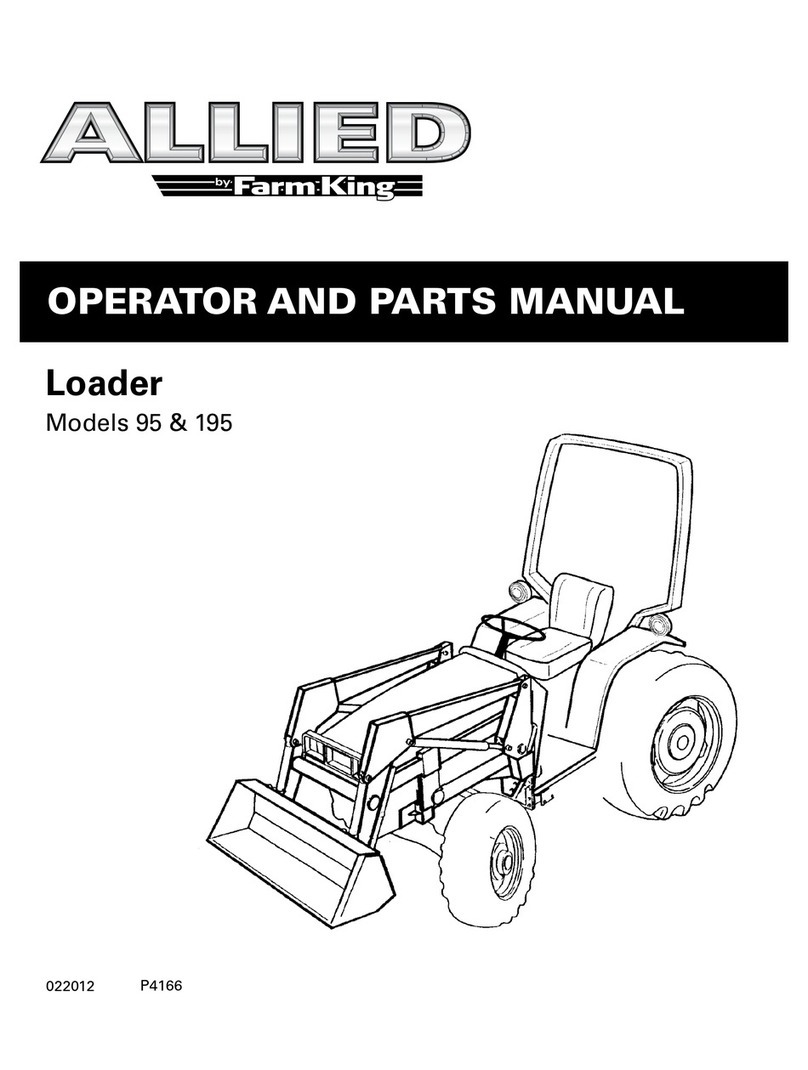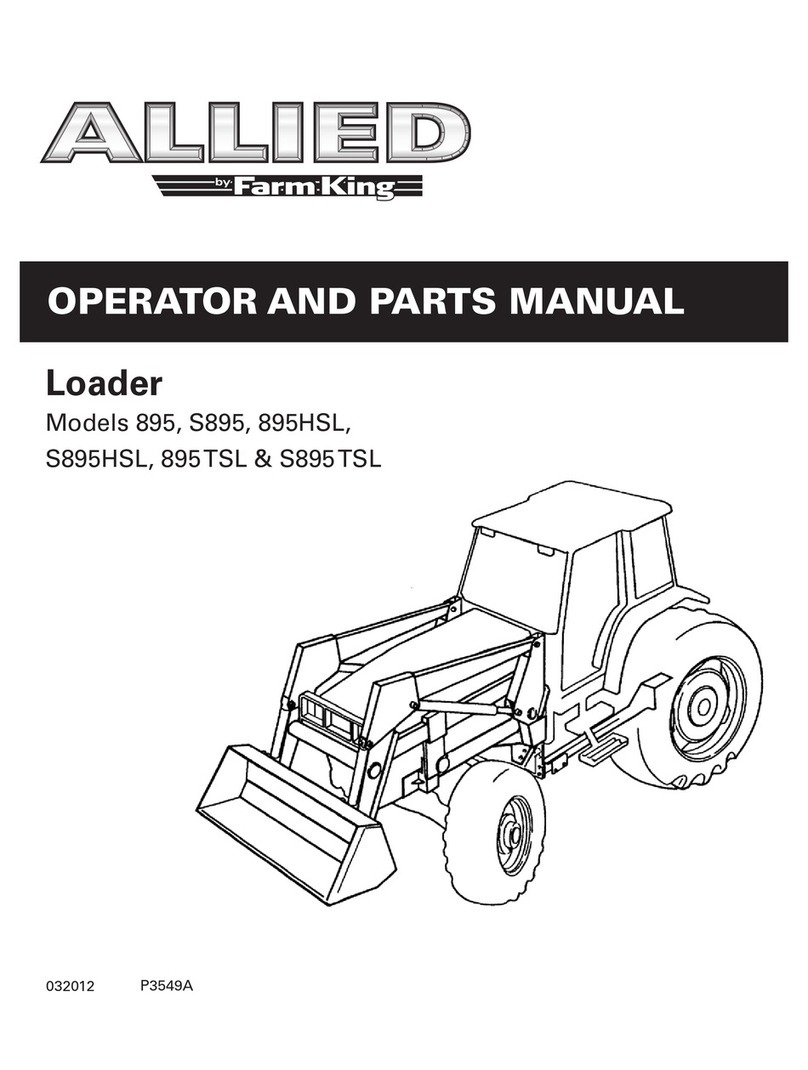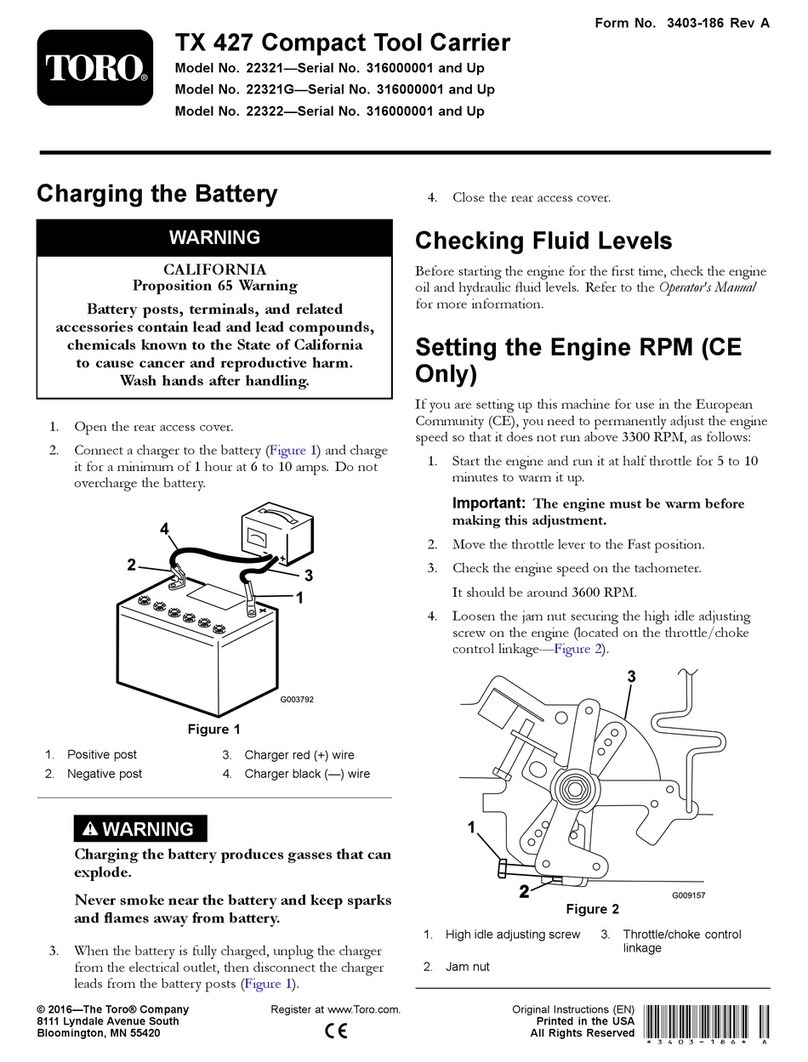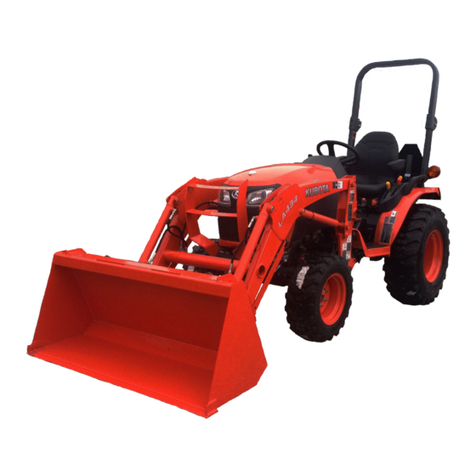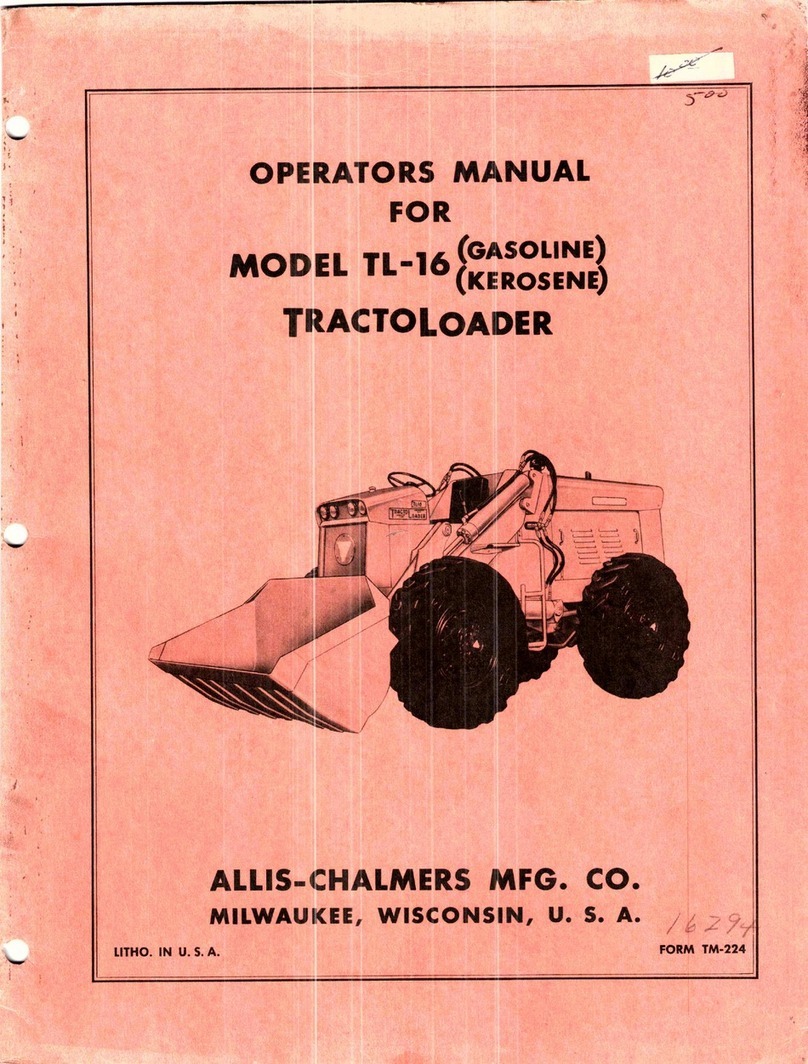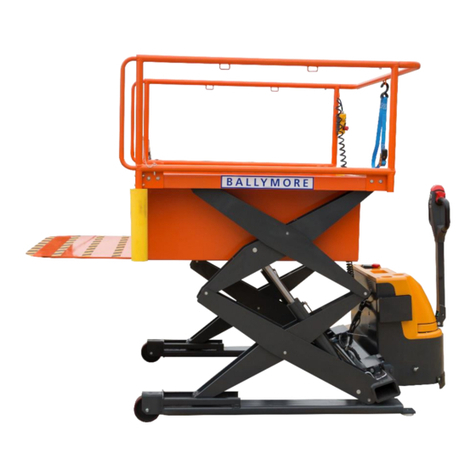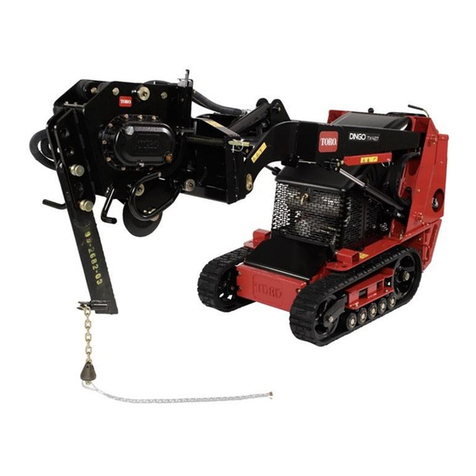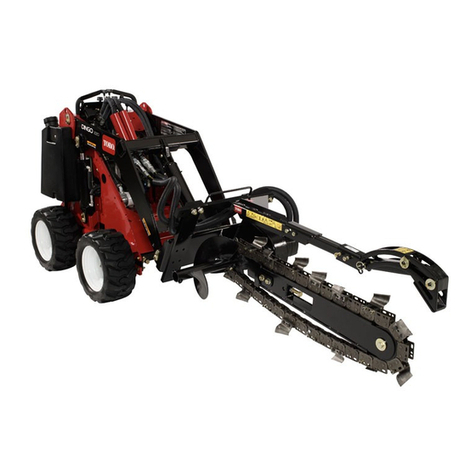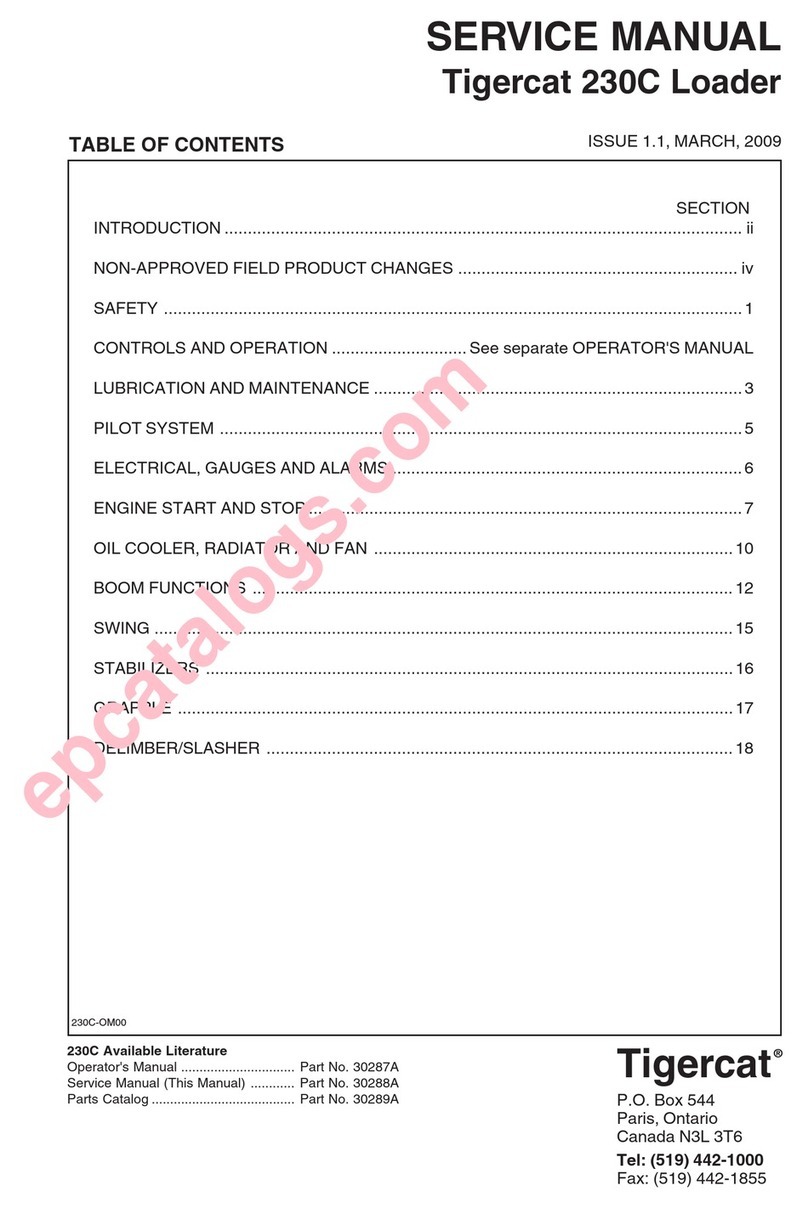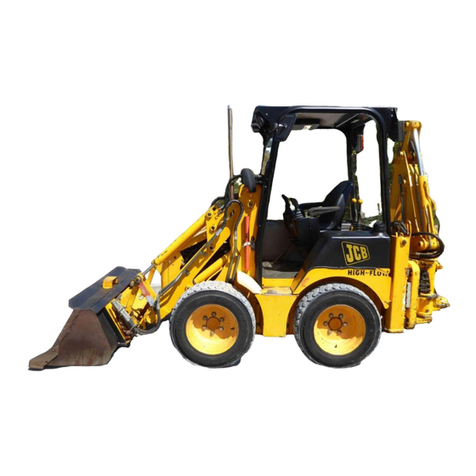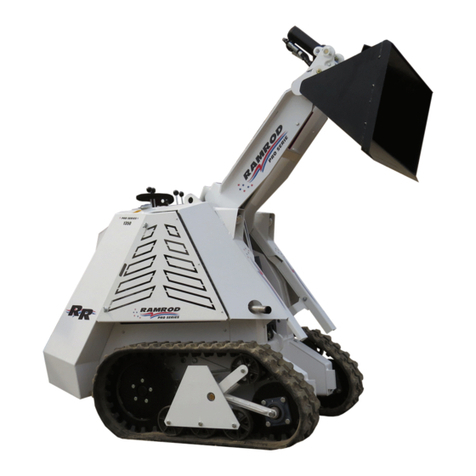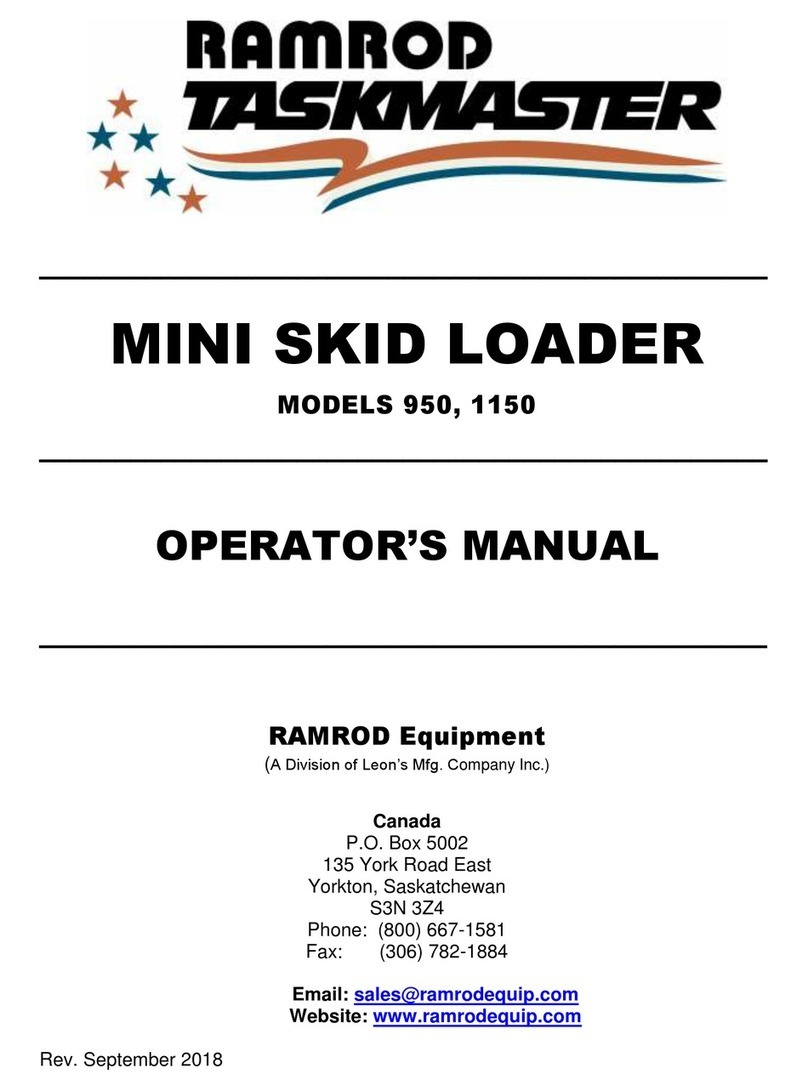
3
Table of Contents - 795 Loader
Table of Contents
Introduction .................................................................................................................................4
• Terminology .....................................................................................................................4
• Hydraulic (Hose Kit).........................................................................................................5
Specifications...............................................................................................................................6
Safety............................................................................................................................................8
• Safety Instructions ...........................................................................................................8
• General Safety Instructions.............................................................................................9
• Installation........................................................................................................................9
• Safety Decals..................................................................................................................10
• Important Precautions ................................................................................................... 11
Operation ...................................................................................................................................12
• Operation........................................................................................................................12
• Operating Suggestions for Loading .............................................................................13
• Operating Suggestions for Backfilling .........................................................................14
• Attaching the Loader toYourTractor.............................................................................15
• Removing the Loader fromYourTractor.......................................................................17
General Instructions ..................................................................................................................19
TSL General Note and Instructions..........................................................................................20
Troubleshooting.........................................................................................................................21
Maintenance ..............................................................................................................................23
• Lubrication......................................................................................................................23
Bolt Torque .................................................................................................................................24
• Checking BoltTorque .....................................................................................................24
Parts............................................................................................................................................26
• Sub Frame Assembly Drawing and Parts List .............................................................26
• Main Frame Assembly Drawing and Parts List ...........................................................28
• Main Frame Assembly Drawing and Parts List -TSL...................................................30
• Hydraulic Plumbing Assembly and Parts List..............................................................32
• Hydraulic Plumbing Assembly and Parts List -TSL.....................................................34
Assembly....................................................................................................................................36
• Hydraulic Cylinder Assembly........................................................................................36
Pre-delivery Check List..............................................................................................................37
Warranty.....................................................................................................................................38
Manufacturer’s statement: for technical reasons Buhler Industries Inc. reserves the right to modify
machinery design and specifications provided herein without any preliminary notice.
Information provided herein is of descriptive nature. Performance quality may depend on soil fertility,
applied agricultural techniques, weather conditions and other factors.
